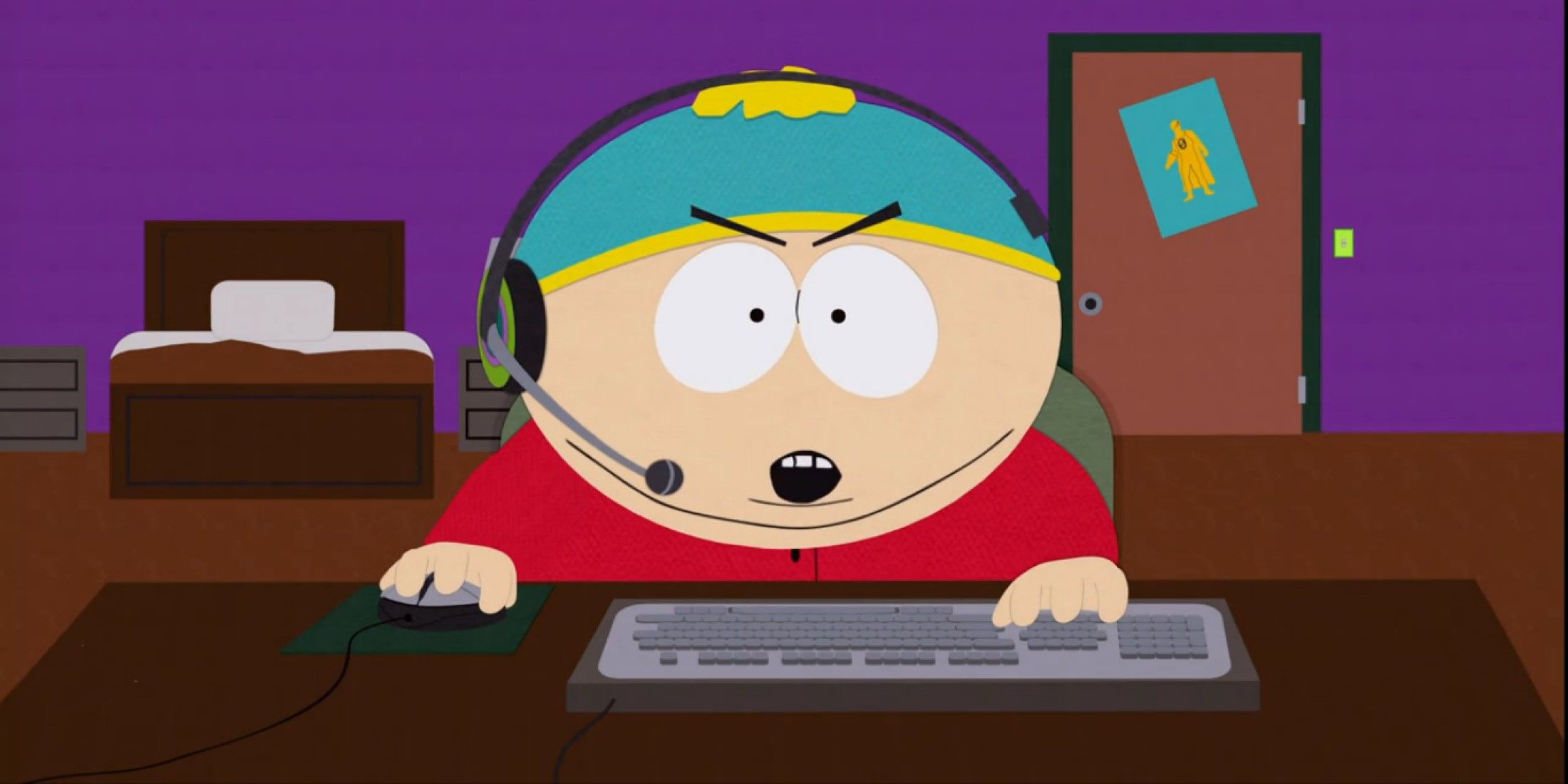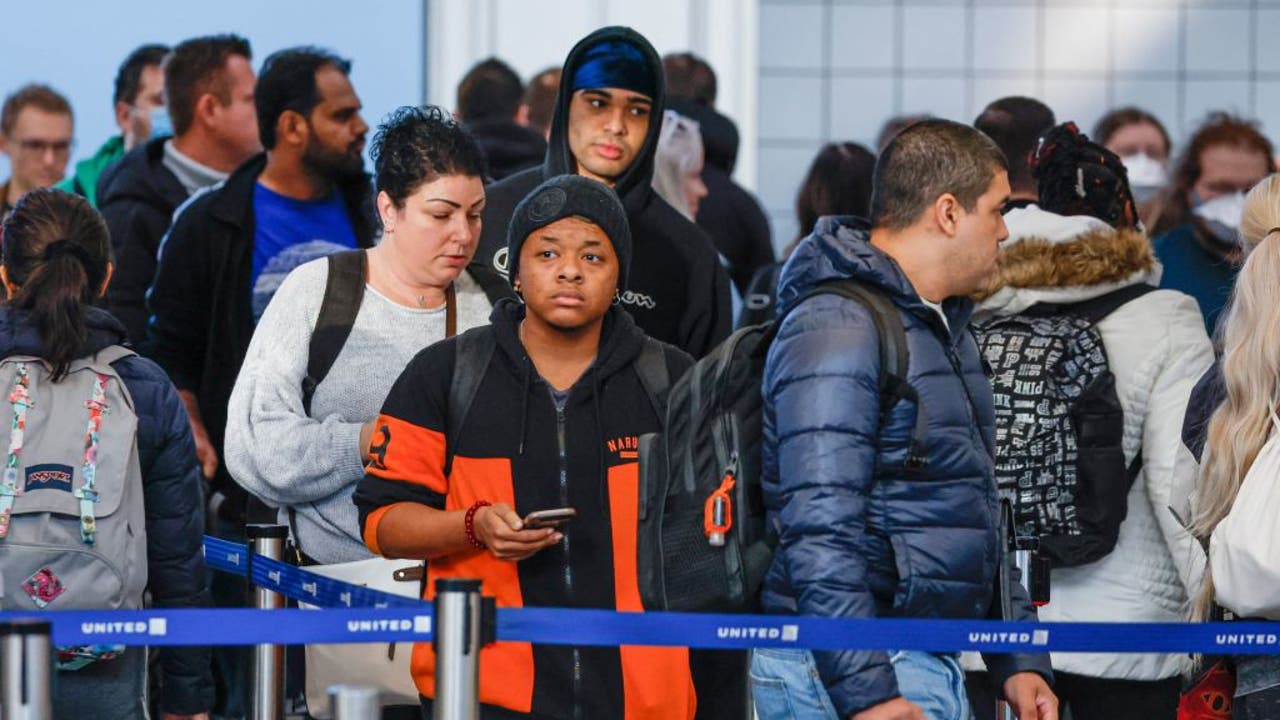Fitness
How This Elite MMA Coach Learned to Embrace His Heritage

This story is part of Latinx in Fitness, a series of articles highlighting the unique experiences of Latinx trainers, athletes, and gym owners within the fitness community from their own perspectives. Read the rest of the stories here.
JAVIER MENDEZ SITS in a restaurant across from the gym he built into an international mixed martial arts powerhouse, speaking about his early days in San Jose. The really early days, when he relocated to California from Mexico with his family at six years old.
“Coming here was not a good experience for me,” says Mendez, who is now 65. “I didn’t understand the English language whatsoever and I was ashamed of being a Mexican from Mexico. A lot of kids would pick on me and call me ‘wetback.’ Latino kids would call me that. It wasn’t anyone from another race. The racial thing came from my own people. I was proud to be Mexican, but I was ashamed of being from Mexico.”
Mendez learned English. He fought off the bullies. He eventually found martial arts and became a champion kickboxer, taking the ISKA Light-Cruiserweight title in 1992 and Light Heavyweight belt in 1995. But it’s as a coach that Mendez truly made a name for himself and his American Kickboxing Academy (AKA). Everyone from MMA legend Frank Shamrock in the early days to current UFC Lightweight champion Islam Makhachev—with the likes of Luke Rockhold, Cain Velasquez, Daniel Cormier, and Khabib Nurmagomedov in between—have learned from Mendez and gone on to win UFC titles over the last 20-plus years.
We caught up with Mendez to talk about his path to coaching, why he believes his community gravitates towards combat sports, and how he maintains his own fitness today.
MEN’S HEALTH: How did you get your start in kickboxing and, eventually, coaching?
JAVIER MENDEZ: When I was 18, my girlfriend was a flirt and she almost got me into a fight with a drug-dealer type guy. I realized, oh my God, I don’t know how to fight. So I went to martial arts right after that to learn how to protect myself. I started with Tang Soo Do [a Korean martial art] under Jeff Scott and then I moved over to Taekwondo with [longtime MMA executive] Scott Coker. As a result of being a student, I started helping him with his events and eventually became one of his fighters. I won the ISKA Light-Cruiserweight title in 1992 and again in 1995. Along the way, I got involved with teaching people.
MH: Combat sports have been a draw for the Hispanic community for generations. Why do you think that is?
JM: Because boxing traditionally was free. When I was 12 years old, I did boxing because it was free. Karate isn’t free. That’s why you see a lot of kids in boxing. My parents couldn’t pay for any martial arts lessons. Are you crazy? They couldn’t even afford to buy me a pair of shoes. I didn’t play football until my senior year of high school—the first time I played organized sports—because we couldn’t afford it. That was the time in my life that I didn’t miss school. Not one day during that season. For those four months, I had all As. After those four months, my grades went to crap.
MH: You have branched out beyond AKA in recent years to build a soon-to-launch tuna company (Javier’s Choice) and you’re now in an investment group that’s building a luxury hotel in the Maldives. Has your ethnicity helped or hurt you in your business dealings?
JM: I don’t care what you think about Latinos—I’m a business guy. I’m going to go and do the business because I want to. I am not worried about whether they are going to accept me. If I have something to offer and you have got something to give, then let’s work together. I’ve never allowed my ethnicity to stop me from anything I wanted to do. Even when I was a real estate agent and some realtor would say, “Oh, you’re not like the rest of them,” I would just laugh it off. Yeah. I knew what they meant. When I was in Mexico promoting Cain Velasquez, one of the reporters came up and asked, “Hey, how does it feel to be one of the top Latino trainers in the world?” I said, “I don’t know. I’m not trying to be the best Latino trainer in the world. I’m trying to compete with the best in the world.”
MH: As much as you helped Velasquez become a champ, what did he do for you?
JM: I would get asked out on the street if I spoke Spanish, and I said I didn’t. They would start cussing and saying things about me in Spanish. And I’m there, mad at myself because I couldn’t say anything back at that point. Cain Velasquez taught me to embrace being from Mexico, even though he was born here and adopted his Mexican heritage.
Now I listen to Spanish music and if someone asks if I speak Spanish, I say, “Si. Puedo hablar español, puedo hablar bien.” (Yeah. I can speak Spanish, I can speak it well). My son doesn’t even speak Spanish and he listens to the same music I do.
MH: What’s the biggest challenge for Latinos in your industry?
JM: Being a Latino is an asset. Latinos don’t beg for help. We earn our spot. We don’t bitch about things. We do what we gotta do to make things happen. We sure as hell don’t let others put us in our place. Nobody is going to give you anything. I am not saying to run through a brick wall because you’re Latino. Bro, it’s a brick wall. You can’t go through it and blow it up. You go under it. You go over it. You find another path.
MH: How’d you find a way to the other side of the wall in your life?
JM: I used to be a talker. I’d say I “woulda, coulda, shoulda.” I was running on a track with a friend, doing my, “I could’ve beat this guy, I could’ve done that,” [talk]. And he stopped the running and told me, “I want you to shut the F up. Don’t talk to me about anything until you’ve actually done it.” Days later, [in 1985], Scott Coker needed somebody to spar with [kickboxing legend] Bill “Superfoot” Wallace. Superfoot knocked the last guy out, but I said I’d do it. I was kind of joking, but Coker said, “You’re on.” It was a two-round exhibition. I got through the first round and he didn’t hit me with anything. He came after me in the second round, and I went after him. I bloodied his lip. I am glad there wasn’t a third round, because I was dead.
MH: What changes did you make to your diet when you started competing?
JM: I never had to watch my diet much for fighting because I only had to lose three or four pounds from walking around weight [his normal baseline before cutting weight for a fight].
MH: How about staying healthy these days?
JM: My biggest advantage is lifting weights for so many years. Now, more than ever, I try to lift at least four times a week. That has kept me looking decent and I try to eat more protein-based foods and less sugars and carbs. I try to eat once or twice a day. It’s hard for me to diet because I love food.
Want to read more first-person perspectives on overcoming obstacles, breaking barriers, and finding success from Latinx fitness pros? Click the link below to read all of the stories.











